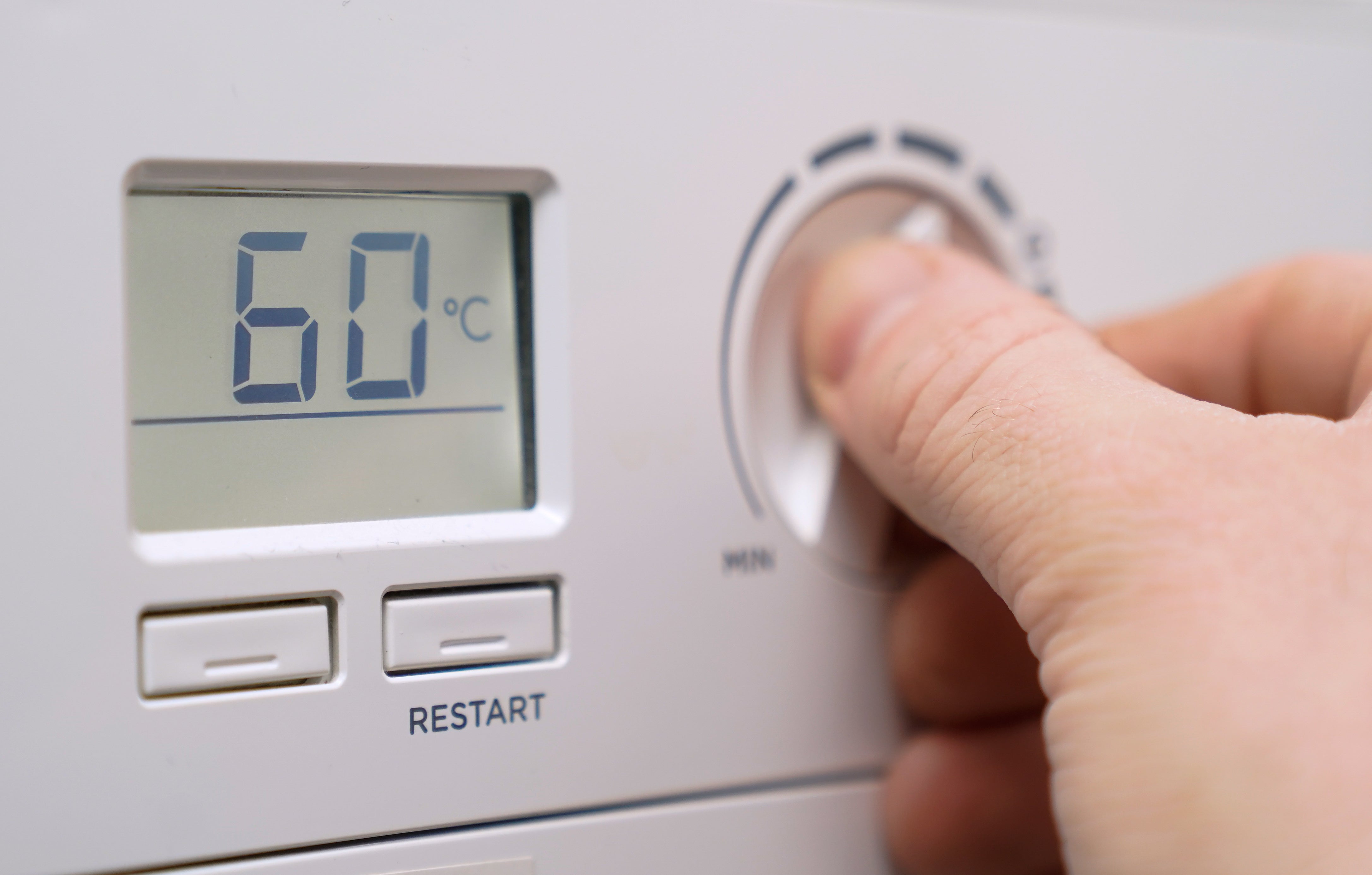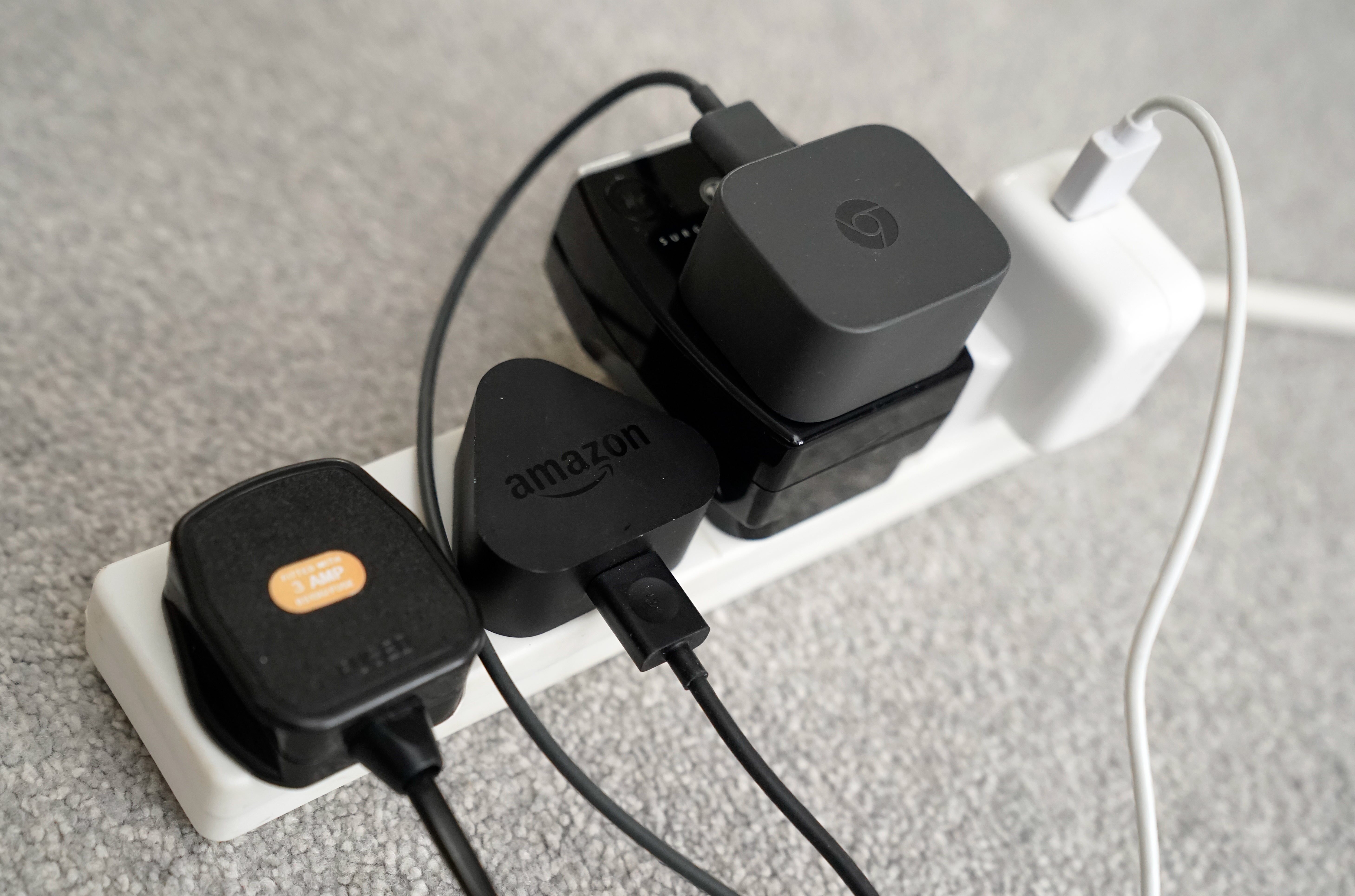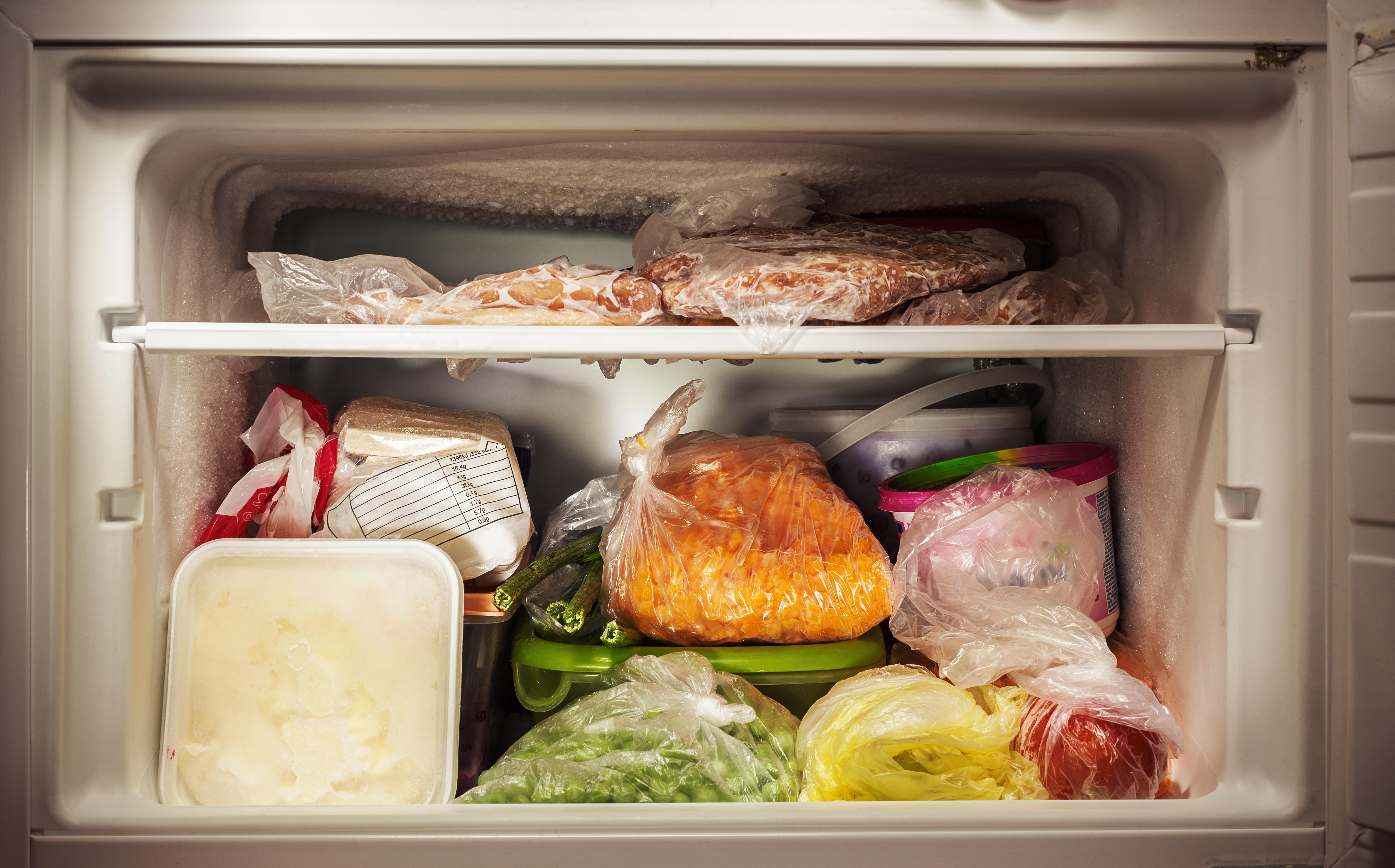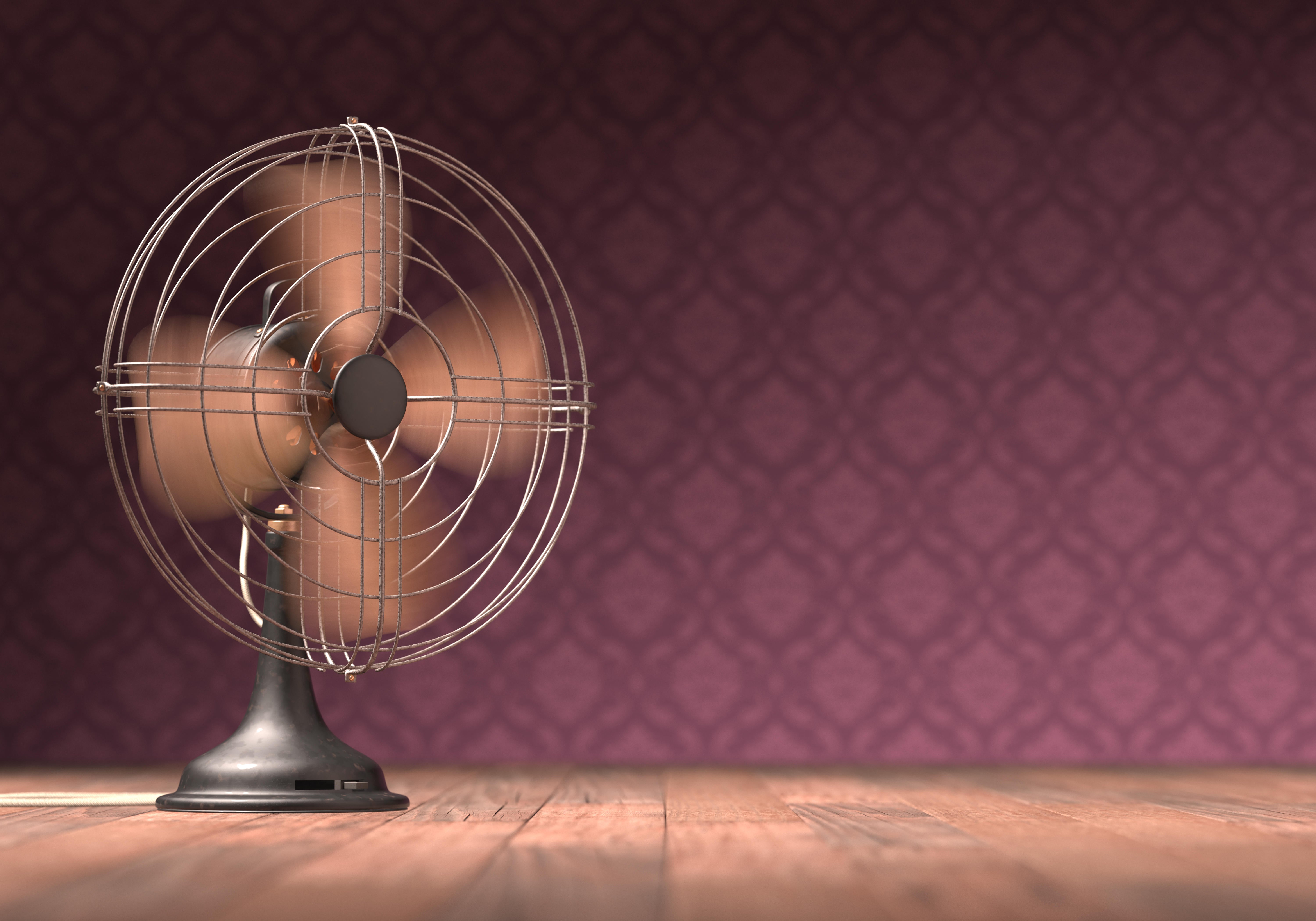What households should do today to cut their energy usage and prepare for winter
There are plenty of measures households can take to cut their energy usage now and get ready for ‘dire’ cost increases predicted for later this year.

Your support helps us to tell the story
From reproductive rights to climate change to Big Tech, The Independent is on the ground when the story is developing. Whether it's investigating the financials of Elon Musk's pro-Trump PAC or producing our latest documentary, 'The A Word', which shines a light on the American women fighting for reproductive rights, we know how important it is to parse out the facts from the messaging.
At such a critical moment in US history, we need reporters on the ground. Your donation allows us to keep sending journalists to speak to both sides of the story.
The Independent is trusted by Americans across the entire political spectrum. And unlike many other quality news outlets, we choose not to lock Americans out of our reporting and analysis with paywalls. We believe quality journalism should be available to everyone, paid for by those who can afford it.
Your support makes all the difference.Households are facing dire warnings that the energy price cap will soar from today’s £1,971 to around £3,582 in October, and then hit more than £4,200 in January.
The increase threatens to cripple the finances of even those who are currently comfortably handling their bills.
Here is a list of measures households can take now to cut their energy costs and prepare for the coming months.
It pays to remember that although individual savings might look relatively small, they can all add up to significant savings across a year.
First step: switch off and unplug

Households should now have done a complete check of every power outlet, unplugging anything that is not necessary and turning devices off standby mode – and getting into the habit of doing this regularly.
Energy Saving Trust calculates that you can save around £55 a year just by remembering to turn your appliances off standby mode.
Almost all electrical appliances can be turned off at the plug without upsetting their programming. You may want to think about getting a standby saver or smart plug which allows you to turn all your appliances off standby in one go.
Check the instructions for any appliances you aren’t sure about. Some satellite and digital TV recorders may need to be left plugged in so they can keep track of any programmes you want to record.
Check your boiler
A recent report by the Heating and Hot Water Council found that households can save around 6% to 8% on their gas bill just by turning down the heating flow temperature on their condensing combi boiler.
Doing this will allow the boiler to run more efficiently and could save around £200 off an average energy bill.
You need to go to the controls on front of your boiler. To be clear this is not your room thermostat, this sets the flow temperature for the boiler. The way in which you adjust the flow temperature and the display information available varies a great deal. There is a handy online guide on how to do this at theheatinghub.co.uk.
Another easy saving is to turn off the pre-heat mode on the boiler, which could mean hot water taps taking longer to heat up, but could save hundreds of pounds a year.
Forget about your tumble dryer and use other appliances wisely

Tumble dryers are massive energy drains, so on warm days hang clothes outside to dry instead and invest in a drying rack for cooler months.
Use your washing machine on a 30-degree cycle and reduce use by one run a week. Only run your dishwasher when it is full and use eco settings if possible.
Avoid overfilling the kettle – only boil the amount you need.
Defrost your fridge and freezer

Remember to regularly defrost your fridge and freezer as the more they ice up, the more energy they will use.
A full freezer is more economical to run. With a full freezer, the cold air doesn’t need to circulate as much, so less power is needed. If you have lots of free space, half-fill plastic bottles with water and use these to fill gaps. BBCGood Food suggests you fill the freezer with everyday items you are bound to use, such as sliced bread, milk or frozen peas.
Turn off lights
Turn your lights off when you’re not using them or when you leave a room.
Replacing all the lights in your home with LED bulbs could help you save even more.
Keep windows closed in a heatwave
The obvious thing to do when homes warm up is to open all the windows. However all this does is fill the house with hot air.
It’s best to use blinds and curtains to block direct sunlight during the day and then open the windows at night when temperatures drop, helping you to save energy by reducing the need for power-hungry fans.
Use fans sparingly and wisely

Fans, even when used on cooling settings, will send bills soaring. While you shouldn’t stop using them when necessary, there are ways of maximising their effect and cutting the time they are switched on.
Putting fans at floor level helps to circulate the lower cold air rather than the warmer air that naturally rises in a room. You can also create the ideal combination for energy saving by pairing smart fan usage with closed windows, keeping the fans working during the day and the windows open at night.
Invest in insulation
New analysis by the Energy and Climate Intelligence Unit has found homes rated band F on the Energy Performance Certificate (EPC) system, a measure of the home’s efficiency, are set to have a gas bill £968 higher than a home rated EPC band C, the Government’s target for 2035.
The average home in the UK is rated band D and these homes will pay £420 more for their gas this winter, compared to an EPC band C home.
Energy Saving Trust also says that for those wishing to future-proof their homes, investing in professional draught-proofing and insulation in preparation for the winter months could lead to a reduction in bills by £405 for a semi-detached home. DIY draught-proofing is much cheaper and anything is better than nothing.
Installing solar panels for a similar property could lead to additional annual savings of around £450.
A quarter of heat in an uninsulated home is lost through the roof. Most homes have at least some loft insulation but often not enough. Topping up from 120mm to at least 270mm of insulation will help.